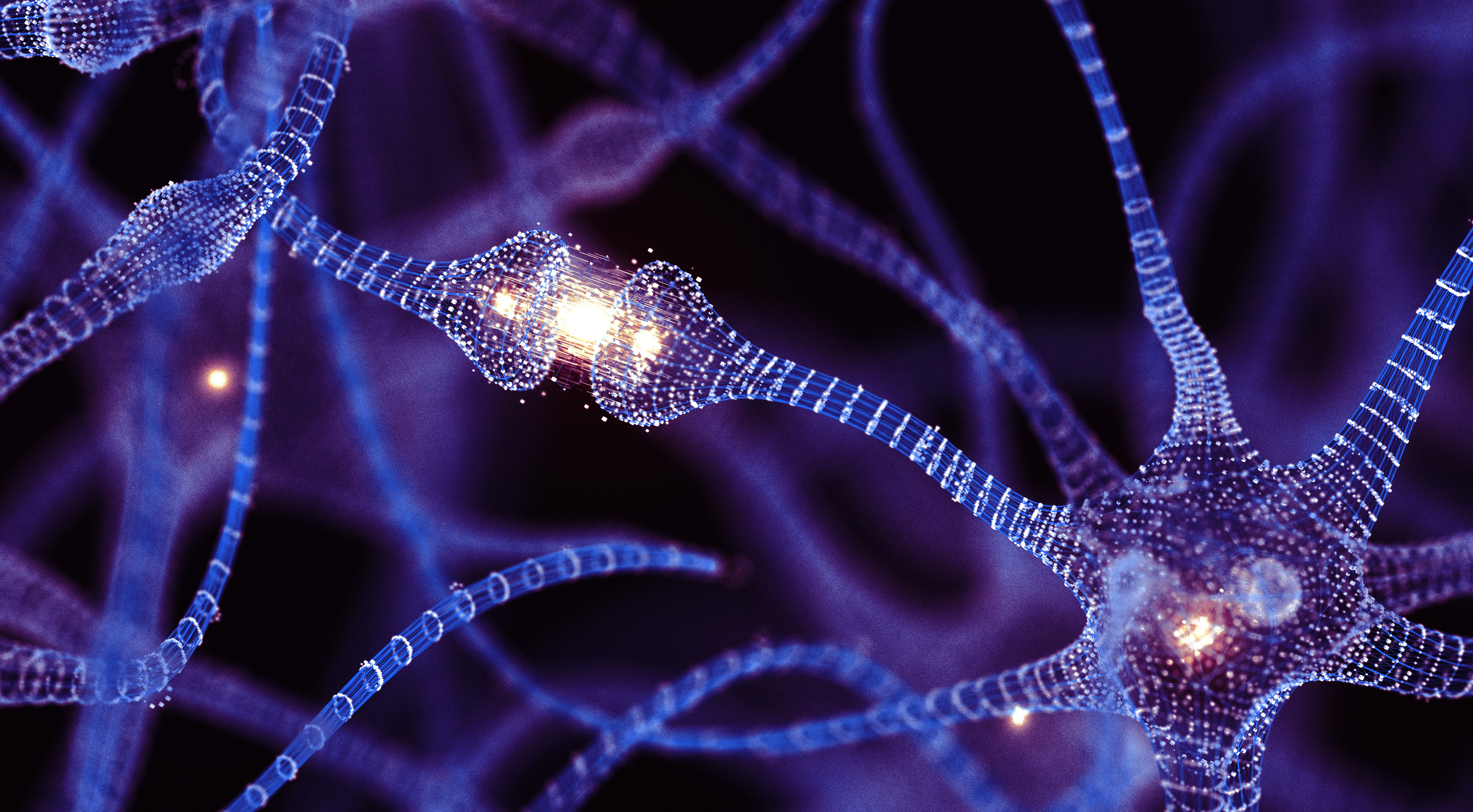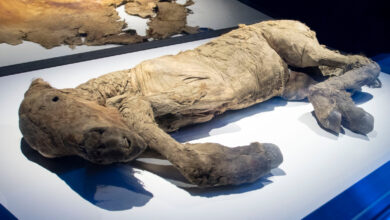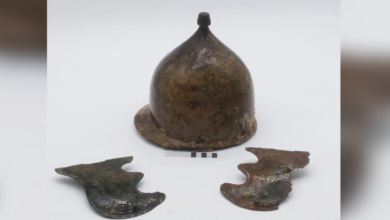Can adults make new brain cells? New study may finally settle one of neuroscience’s greatest debates


Researchers say they have found clear evidence that the human brain can keep making new neurons well into adulthood, potentially settling decades of controversy.
This new neuron growth, or “neurogenesis,” takes place in the hippocampus, a critical part of the brain involved in learning, memory and emotions.
“In short, our work puts to rest the long-standing debate about whether adult human brains can grow new neurons,” co-lead study author Marta Paterlini, a researcher at the Karolinska Institute in Stockholm, told Live Science in an email.
Other experts agree that the work makes a strong case for adult neurogenesis.
While a single study does not constitute absolute proof, “this is strong evidence in support of the idea” that stem cells and precursors to new neurons exist and are proliferating in the adult human brain, said Dr. Rajiv Ratan, CEO of the Burke Neurological Institute at Weill Cornell Medicine, who was not involved in the study.
“This is a perfect example of great science teeing up the ball for the clinical neuroscience community,” he told Live Science.
Related: Babies’ brain activity changes dramatically before and after birth, groundbreaking study finds
Capitalizing on new technologies
The researchers combined advanced techniques, including single-nucleus RNA sequencing and machine learning, to sort and examine brain tissue samples from international biobanks, they reported in a paper published July 3 in the journal Science. RNA, a cousin of DNA, reflects genes that are “switched on” inside cells, while machine learning is a type of artificial intelligence often used to crunch huge datasets.
Since the 1960s, researchers have known that mice, rats and some nonhuman primates make new brain cells in the dentate gyrus, part of the hippocampus, throughout life. But getting quality brain tissue samples from adult humans is extremely challenging.
“Human tissue comes from autopsies or surgeries, so how it’s handled — how long before it’s fixed in preservative, which chemicals are used, how thin the slices are — can hide those newborn cells,” Paterlini said. Employing new technologies enabled the team to overcome this challenge.
They analyzed more than 400,000 individual nuclei of hippocampus cells from 24 people, and in addition, looked at 10 other brains using other techniques. The brains came from people ages 0 to 78, including six children and four teens.
Using two cutting-edge imaging methods, the team mapped where new cells sat in the tissue. They saw groups of dividing precursor cells sitting right next to the fully formed neurons, in the same spots where animal studies have shown that adult stem cells reside.
“We didn’t just see these dividing precursor cells in babies and young kids — we also found them in teenagers and adults,” Paterlini said. “These include stem cells that can renew themselves and give rise to other brain cells.”
The newer technologies enabled the researchers to detect the new brain cells at various stages of development and conduct research that wouldn’t have been possible a few years ago, Ratan added.
The team also used fluorescent tags to mark the proliferating cells. This enabled them to build a machine learning algorithm that identified the cells that they knew would turn into neurogenic stem cells, based on past rodent studies. This was a “clever approach” for tackling the challenges of studying brain-cell formation in adolescents and adults, Ratan said.
As expected, the brains of children produced more new brain cells than the brains of adolescents or adults did. Meanwhile, nine out of 14 adult brains analyzed with one technique showed signs of neurogenesis, while 10 out of 10 adult brains analyzed with a second technique bore new cells. Regarding the few brains with no new cells, Paterlini said it’s too soon to draw conclusions about the disparity between adult brains with evidence of new cells and those without.
Next, the researchers could explore whether the adults who produced new brain cells did so in response to a neurological disease, such as Alzheimer’s, or whether adult neurogenesis is a sign of good brain health, said Dr. W. Taylor Kimberly, chief of neurocritical care at Massachusetts General Brigham, who was not involved in the study.
“They were able to find these needles in a haystack,” Kimberly told Live Science. “Once you detect them and learn about them and understand their regulation,” scientists can research how to track the precursor cells through time and see how their presence relates to disease, he said.
He envisioned comparing patients who have dementia to “super agers” who are cognitively resilient in old age. If the link between neurogenesis and disease can be uncovered, perhaps that could open the door to treatments.
“Although the precise therapeutic strategies in humans are still under active research,” Paterlini said, “the very fact that our adult brains can sprout new neurons transforms how we think about lifelong learning, recovery from injury and the untapped potential of neural plasticity.”
Source link




